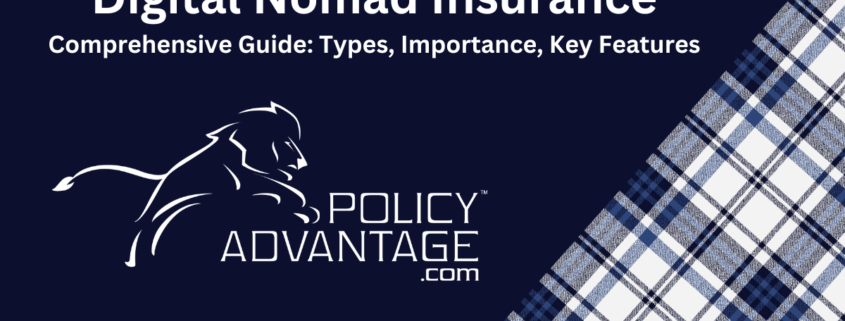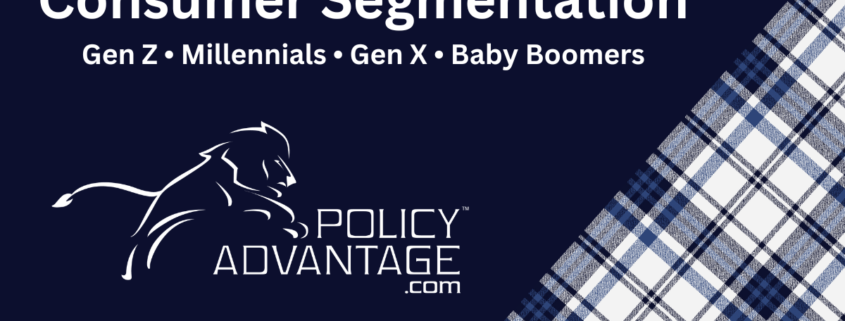Guide to Digital Nomad Insurance Coverage
As a digital nomad, your lifestyle often means working remotely from various locations around the globe, embracing freedom and adventure. However, with this freedom comes unique risks. This guide will outline the essential types of insurance coverage digital nomads should consider, ensuring you stay protected while exploring the world. Every digital nomad’s journey is unique, dynamic, and constantly evolving. Insurance necessities may vary based on your individual circumstances, but this guide offers a full and comprehensive list of the types of insurance coverage digital nomads should consider to stay protected while exploring the world.
1. Health Insurance
Why It’s Important:
Access to healthcare is essential, and being abroad complicates this. Unexpected illnesses or injuries can occur at any time, and healthcare costs in foreign countries can be significant.
Key Features to Look For:
- Global Coverage: Ensure your plan covers multiple countries, including those you frequently visit.
- Portability: The ability to move coverage seamlessly as you change locations.
- Inpatient and Outpatient Care: Covers hospital stays and day-to-day medical needs like doctor visits.
- Chronic Condition Coverage: Ongoing treatment for pre-existing conditions, if applicable.
- Emergency Care: Coverage for emergency medical treatment and hospitalization.
2. Medical Evacuation Insurance
Why It’s Important:
In the event of a severe illness or injury, medical evacuation insurance ensures you can be transported to a hospital or even back to your home country for specialized care.
Key Features to Look For:
- Evacuation to a Facility of Your Choice: Not just the nearest hospital, but a preferred facility.
- Repatriation of Remains: Coverage in case of death while abroad.
- Transport for Family Members: Ensures loved ones can travel with you in emergencies.
3. Property and Personal Belongings Insurance
Why It’s Important:
Digital nomads often travel with valuable items like laptops, smartphones, and cameras. Theft, damage, or loss of these items can disrupt your work and lifestyle.
Key Features to Look For:
- Worldwide Coverage: Protects your belongings wherever you go.
- High-Value Electronics Coverage: Ensures replacement of expensive gadgets and work tools.
- Accidental Damage and Theft Protection: Coverage for unforeseen incidents.
- Quick Replacement: Policies that expedite claims processing for immediate replacement.
4. Liability Insurance
Why It’s Important:
Accidental damage to property or injury to others while traveling could lead to legal or financial consequences. Liability insurance protects you in such situations.
Key Features to Look For:
- Personal Liability: Covers damages or legal fees if you accidentally harm someone or their property.
- Professional Liability: Essential for freelancers and remote workers in case of disputes with clients.
5. Asset Protection Insurance
Why It’s Important:
If you’re running a business or managing financial assets remotely, asset protection ensures your work-related finances are safeguarded.
Key Features to Look For:
- Cybersecurity Insurance: Protects against data breaches, hacking, or cybercrime.
- Business Equipment Coverage: Coverage for specialized work equipment.
6. Travel Insurance
Why It’s Important:
Travel insurance covers short-term travel-related risks like trip cancellations, delays, and unforeseen expenses.
Key Features to Look For:
- Trip Interruption or Cancellation: Reimbursement for non-refundable bookings.
- Lost Luggage: Compensation for lost or delayed baggage.
- Adventure Sports Coverage: For those who engage in high-risk activities like skiing or diving.
7. Life Insurance
Why It’s Important:
Life insurance provides financial security to your dependents in case of unexpected death. It’s particularly critical for nomads with families or financial obligations.
Key Features to Look For:
- Global Applicability: Ensure the policy is valid regardless of your location.
- Customizable Coverage: Choose coverage that matches your family’s needs.
8. Legal Assistance Insurance
Why It’s Important:
Traveling across countries increases the likelihood of legal disputes, such as visa issues or local legal claims. Legal assistance insurance provides access to legal counsel when needed.
Key Features to Look For:
- Multilingual Support: Lawyers fluent in your language and local laws.
- Coverage for Common Issues: Including disputes with landlords, employers, or local authorities.
9. Emergency Assistance Services
Why It’s Important:
Beyond financial coverage, emergency services help navigate logistical challenges like finding hospitals, embassies, or arranging emergency travel.
Key Features to Look For:
- 24/7 Assistance: Access to help at any time.
- Cultural and Language Support: Translators or cultural liaisons to assist in emergencies.
10. Specialized Insurance for Digital Nomads
Why It’s Important:
Some insurers offer plans designed specifically for digital nomads, combining multiple types of coverage into one policy.
Key Features to Look For:
- Flexible Duration: Monthly or annual plans that match your travel schedule.
- Remote Work Protection: Coverage for work tools, contracts, and intellectual property.
- Region-Specific Customization: Policies tailored to your destinations.
How to Choose the Right Insurance Company
When selecting insurance, consider:
- Reputation: Look for reliable companies with a track record of serving digital nomads.
- Affordability: Balance premiums with the level of coverage.
- Ease of Claims: A streamlined claims process.
- Customization: Ability to add or remove coverage as your needs evolve.
Conclusion
Insurance is an essential safeguard for digital nomads, providing financial protection, peace of mind, and security while you explore the world. By investing in comprehensive insurance, you can focus on your work and adventures without unnecessary worry.
For personalized advice or policy recommendations, consider working with an agency like PolicyAdvantage.com that specializes in insurance solutions for the globally mobile workforce.










